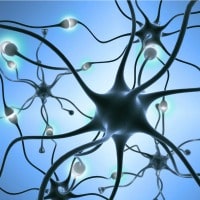Accumulation of amyloid-beta in the brain is thought to be a major characteristic of Alzheimer’s Disease. Emerging evidence also suggests that precursors of neurotrophins may outbalance neurotrophic signals, to cause synaptic dysfunction and neurodegeneration. The neurotrophin receptor p75 (p75NTR) is a receptor of amyloid-beta and mediates amyloid-beta-induced neurodegenerative signals. Xin-Fu Zhou, from University of South Australia (Australia), and colleagues have revealed that in Alzheimer’s Disease, neurotrophin receptor p75 is increased but the level of neuroprotective p75ECD (ectodomain) in the brain and cerebrospinal fluid is reduced. By restoring p75ECD to the normal level, the team reversed the behavioral deficits and Alzheimer’s Disease-type pathologies, in a mouse model. By doing so, the team ameliorated amyloid-beta deposit, apoptotic (cell death) events, neuroinflammation, Tau phosphorylation, and the loss of dendritic spine, neuronal structures and synaptic proteins; as well, they were able to reduce amyloidogenesis by suppressing β-secretase expression and activities. The study authors submit that: “Our data demonstrate that p75ECD is a physiologically neuroprotective molecule against [amyloid-beta] toxicity and would be a novel therapeutic target and biomarker for [Alzheimer’s Disease].”
Anti-Alzheimer’s Molecule
Yao XQ, Jiao SS, Saadipour K, Zeng F, Wang QH, Zhu C, et al. “p75NTR ectodomain is a physiological neuroprotective molecule against amyloid-beta toxicity in the brain of Alzheimer's disease.” Mol Psychiatry. 2015 Apr 28.
RELATED ARTICLES




